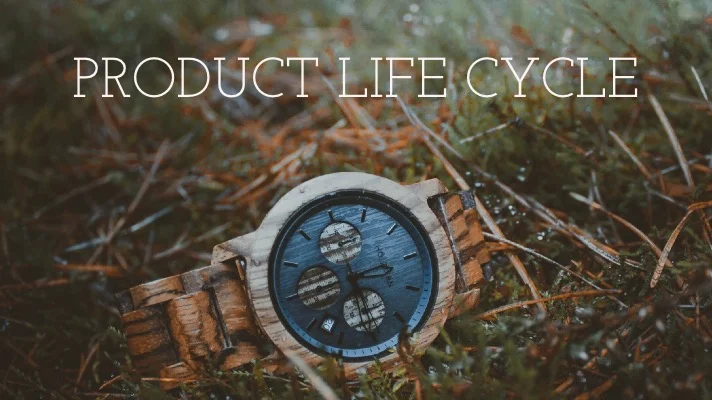Product Life Cycle Stages and Strategies
Product Life Cycle Stages
The product life cycle concept is made up of 4 parts, used to describe the stage of a product/service offering, brand, or market.
Product Life Cycle Stage 1: Introduction
First, in the life cycle is the introduction of a new brand or product supported by advertising, giveaways, and various avenues for distribution. The introduction stage is to attract new buyers and triers.
Product Life Cycle Stage 2: Growth
As the first stage of the funnel grows to reach greater audiences, the brand reaches the growth life cycle stage. This is where firms perform consumer analysis and make brand enhancements to better serve the customers they’ve reached.
Product Life Cycle Stage 3: Maturity-Saturation
Next in the life cycle is the Maturity-Saturation stage. This part of the stage is where a firm concentrates on customer retention. In order to maintain a stronghold in the market place you will find it necessary to hold on to loyal customers and past customers. This is a more cost effective decision as to ad spending to reach new customers. Additionally, at this stage the market is saturated with competing firms who have already entertained the remaining consumers in the market.
Product Life Cycle Stage 4: Decline
After the brand has experienced the Introduction, Growth, and Maturity-Saturation life cycle stages they begin to prepare for the decline stage. This stage is where firms witness a drop in sales; however, firms have come up with modifying, harvesting and eliminating offers to avoid this decline.
Product Life Cycle Strategies
Below you will find strategies devised to help your product or service as it moves through the product life cycle. These strategies include harvesting like Apple is doing with the iPod, and more.
Product Life Cycle Strategy: Modification
Modification is the act of trading up or down a service in order to match the perceived value of consumers. This is a common practice among businesses who will eventually face the decline stage of the life cycle. When a firm chooses to trade up, they increase the value of the offering by implementing new features and increasing prices. When a firm trades down, they limit the features, use cheaper parts and decrease the price of the product. Apple, trades up their product offering by continuing to introduce IOS updates, new features, and new models of the iPhone.
Product Life Cycle Strategy: Eliminating Offerings
Eliminating Offerings is the complete removal of a product or service from the market by a specific firm. The purpose of eliminating offerings is to free up operations, manufacturing, sales, and cash flow for greater opportunities. A decision like this is also made when the market is over saturated and the costs of maintaining market share is overshadowing return.
Product Life Cycle Strategy: Harvesting
Harvesting was created to offset the possible losses of eliminating offers. Instead of completely eliminating offers firms will result in harvesting offers. Firms such as Apple have practiced the harvesting the iPod. It is safe to assume that the iPod is in its’ decline stage and advertising and newer models are ceasing to exist. Instead of completely eliminating the offer they are allowing it to run without actively promoting it. This allows Apple to benefit from the low hanging fruit, while minimizing costs.
Be Social
Stay Up To Date

